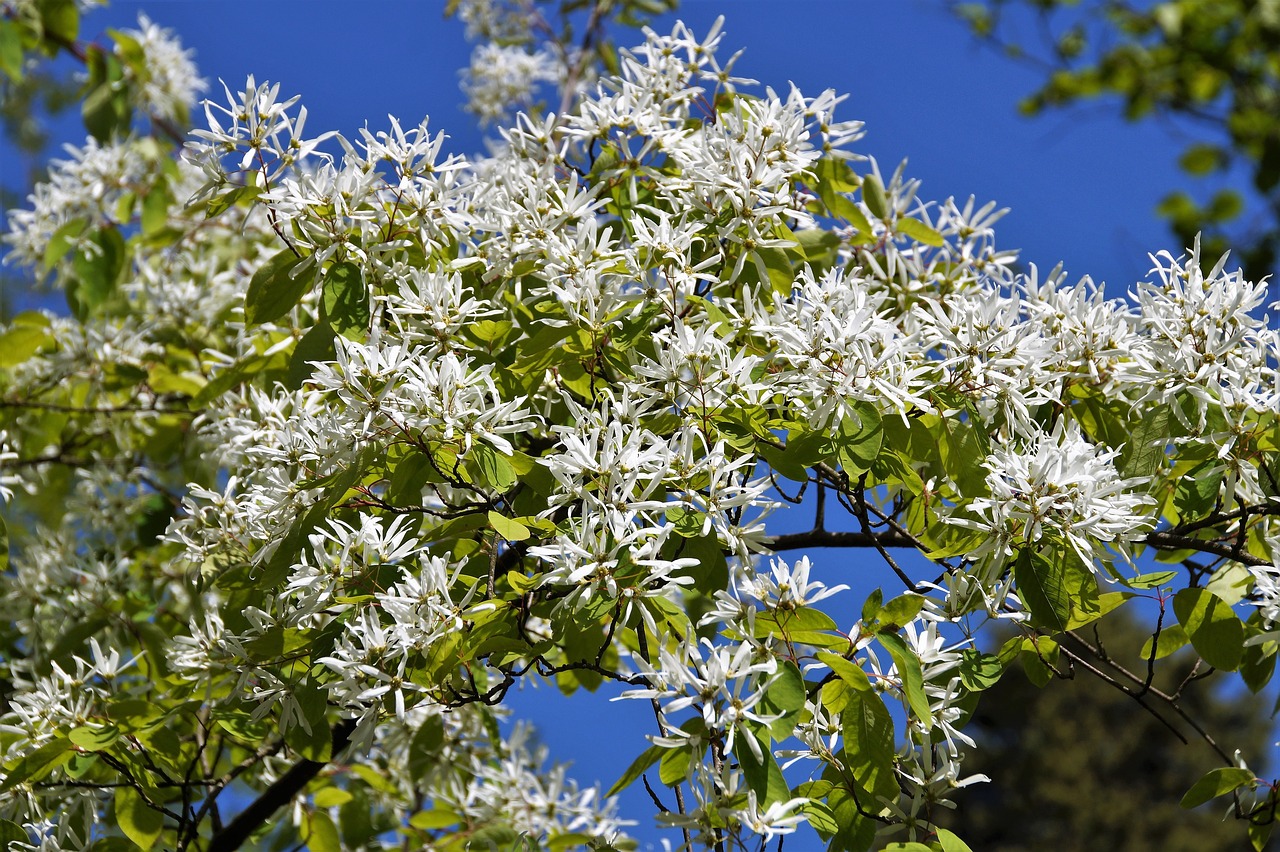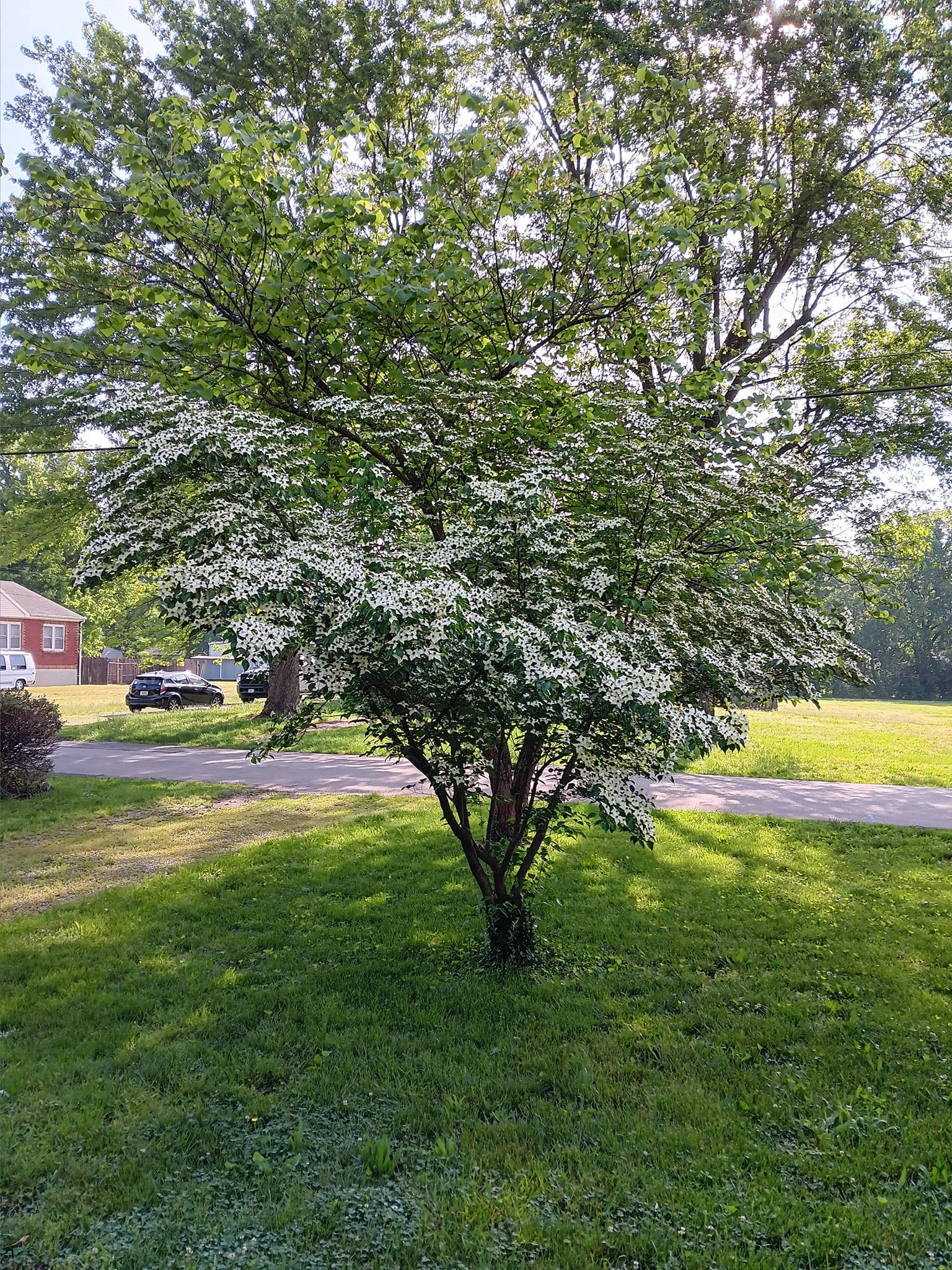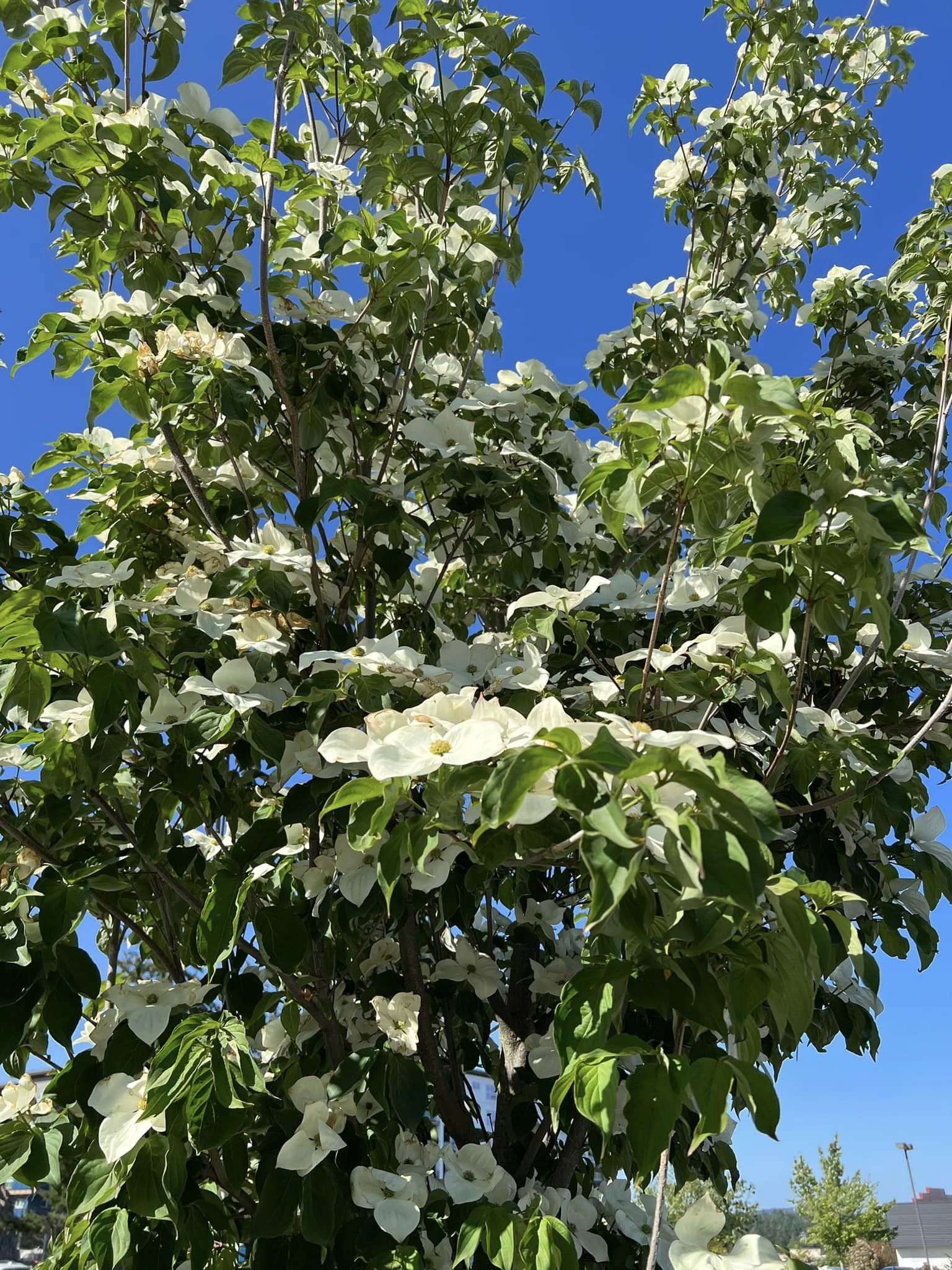
The dogwood. A symbol of spring’s gentle awakening, with blooms as delicate as ballerina’s tutus and a presence that elevates any landscape. But with over 50 species and countless cultivars, choosing the right dogwood for your front yard’s starring role can feel overwhelming. Fear not, fellow flora fanatic! This guide will transform you from a bewildered spectator into a confident dogwood director, ready to stage a showstopping performance in your front yard.
This post may have affiliate links. This means that sometimes when you click a link on our site and make a purchase on Amazon, we may earn a small commission at no additional cost to you. We only recommend products we truly believe in, and your support helps keep us running!
Understanding Your Front Yard’s Stage
Before growing a dogwood, let’s assess your front yard’s unique stage. Here are some key factors to consider:
- Sunshine Levels: Dogwoods are versatile, thriving in everything from dappled shade to full sun. However, some varieties, like the kousa dogwood, perform best with a bit of afternoon shade in hotter climates.
- Space Constraints: Front yards come in all shapes and sizes. Take note of your available space. Flowering dogwoods typically reach 15-30 feet in height, while some dogwood shrubs stay delightfully compact.
- Soil Conditions: Dogwoods prefer well-drained, slightly acidic soil. If your soil leans towards the clay side, fret not! Amending the soil with organic matter can create a dogwood-friendly haven.
- Desired Bloom Time and Color: Dogwoods boast a vibrant color palette, with blooms ranging from classic white and soft pink to dramatic red. Additionally, some varieties bloom earlier or later than others.
Dogwood Spotlight: Introducing the Leading Ladies (and Gentlemen)
Now, let’s meet some of the most captivating dogwood varieties, ready to grace your front yard with their presence:
The Classic Charmers – Eastern Flowering Dogwood (Cornus Florida)

The quintessential dogwood, the Eastern Flowering Dogwood, is a North American native. Its star quality lies in its breathtaking spring display of large, white or pink, four-petaled blooms (technically bracts!). This beauty thrives in zones 5-8 and prefers full sun to part shade.
Pros:
- Showstopping spring blooms
- Adaptable to various soil conditions (with some amendments)
- Native to North America
Cons:
- Susceptible to dogwood anthracnose, a fungal disease
- May require more maintenance
Varieties to Consider:
- Cherokee Brave: Boasts vibrant pink blooms with a darker pink center.
- Cloud Nine: A smaller variety with stunning white blooms.
- Stellar Pink: Produces a profusion of intense pink flowers.
The Disease-Resistant Diva – Kousa Dogwood (Cornus kousa)

Hailing from Asia, the kousa dogwood offers exceptional disease resistance, making it a low-maintenance option. Its blooms are smaller and more star-shaped than the Eastern Dogwood, but just as delightful. It thrives in zones 5-8 and appreciates full sun to part shade.
Pros:
- Excellent disease resistance
- Long-lasting, fragrant blooms
- Beautiful fall foliage with shades of red and purple
Cons:
- Blooms are slightly smaller than the Eastern Dogwood
Varieties to Consider:
- Milky Way: A dwarf variety perfect for smaller spaces.
- Venus: Produces large, pure white blooms.
- The Milky Way: A compact variety ideal for smaller yards.
The Year-Round Showstopper – Cornelian Cherry Dogwood (Cornus mas)
This multi-season marvel offers a unique dogwood experience. In early spring, it bursts forth with a dazzling display of bright yellow flowers, followed by glossy red fruits in summer. Fall brings fiery red foliage that rivals any maple. This adaptable shrub-like tree thrives in zones 4-8 and enjoys full sun to part shade.
Pros:
- Four-season interest with flowers, fruits, and fall foliage
- Disease-resistant and low-maintenance
- Tolerates a wider range of soil conditions
Cons:
- Smaller than most dogwood trees
- Fruits can attract birds (may be seen as a pro to some!)
The Understudy with Star Potential – Pacific Dogwood (Cornus nuttallii)

This West Coast native offers a showstopping display of large, white blooms in spring, followed by clusters of bright red berries in summer. The glossy green foliage turns a vibrant yellow in fall. This beauty thrives in zones 6-8 and prefers full sun to part shade.
Pros:
- Large, showy blooms and vibrant fall foliage
- Native to the West Coast
- Relatively disease-resistant
Cons:
- Not as widely available as other dogwood varieties
- May require more moisture, especially during dry spells
Choosing Your Leading Dogwood Tree: Matching Your Needs with the Perfect Performer

Now that you’ve met some of the leading dogwood contenders, it’s time to cast the final vote for your front yard’s star. Here’s a breakdown to help you make the perfect match:
- For Sun-Drenched Stages: If your front yard receives plenty of sunshine, the Eastern Flowering Dogwood (Cornus florida) or Pacific Dogwood (Cornus nuttallii) will revel in the spotlight.
- For Shaded Corners: The kousa dogwood (Cornus kousa) is a natural for dappled shade, while the Cornelian Cherry Dogwood (Cornus mas) will tolerate some shade as well.
- For Compact Stages: Limited space? The kousa dogwood varieties like Milky Way or the Cornelian Cherry Dogwood will remain delightfully compact.
- For Disease-Resistant Performers: The kousa dogwood and Cornelian Cherry Dogwood offer exceptional disease resistance, minimizing your maintenance needs.
- For a Four-Season Spectacle: The Cornelian Cherry Dogwood brings year-round charm, offering spring blooms, summer fruits, and fiery fall foliage.
- For Native Beauty: If celebrating local flora is your passion, consider the Eastern Flowering Dogwood (Eastern US) or Pacific Dogwood (West Coast).
Planting and Maintaining Your Dogwood Star
Once you’ve chosen your leading dogwood, here’s how to ensure a successful performance:
- Planting: Plant your dogwood in the fall or early spring, ensuring the root ball is level with the surrounding soil. Amend the soil with organic matter for improved drainage.
- Watering: Water your dogwood regularly, especially during its first few years and during dry spells. Aim for deep watering that reaches the root zone.
- Mulching: Apply a layer of mulch around the base of your dogwood to retain moisture, suppress weeds, and regulate soil temperature.
- Pruning: Prune your dogwood minimally, focusing on removing dead or diseased branches in late winter or early spring.
